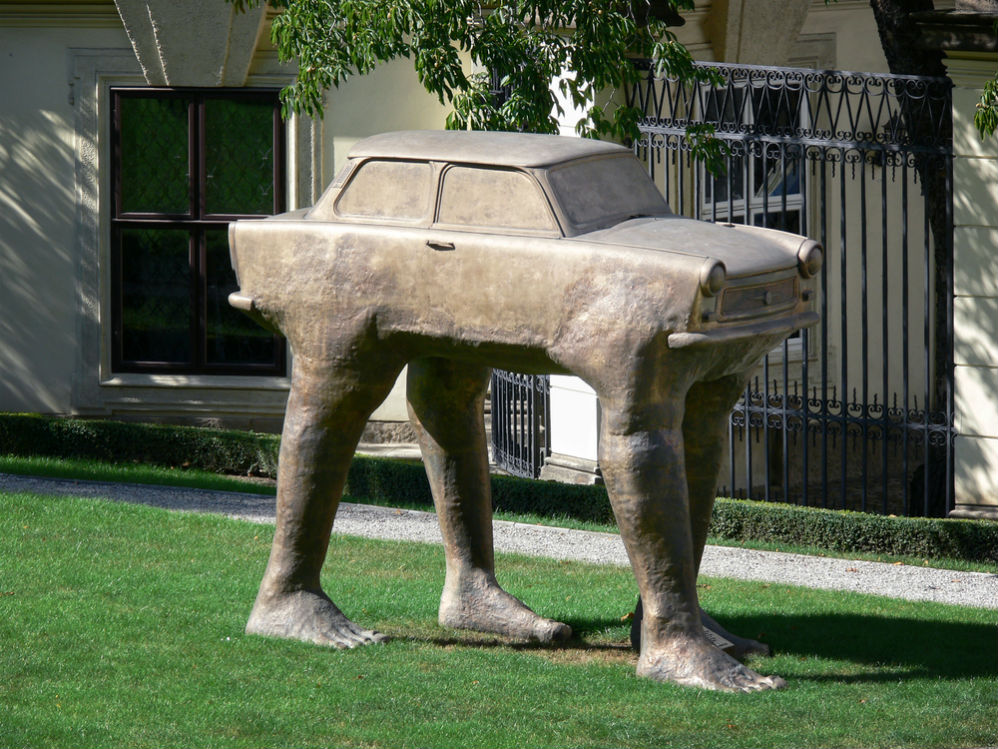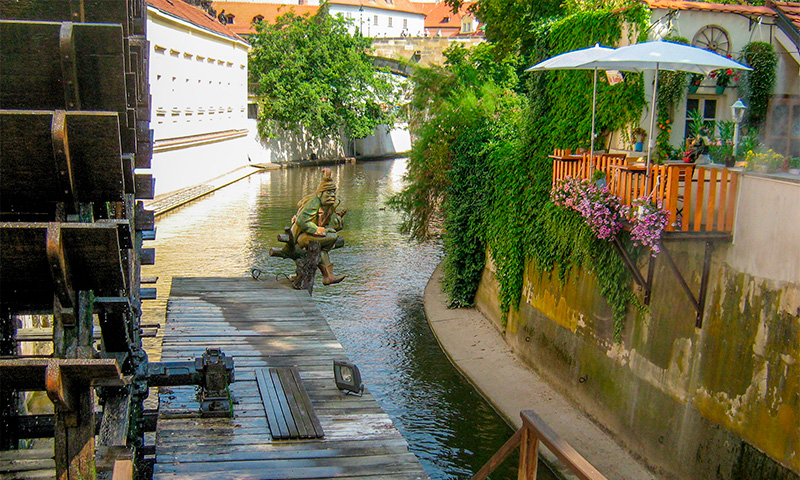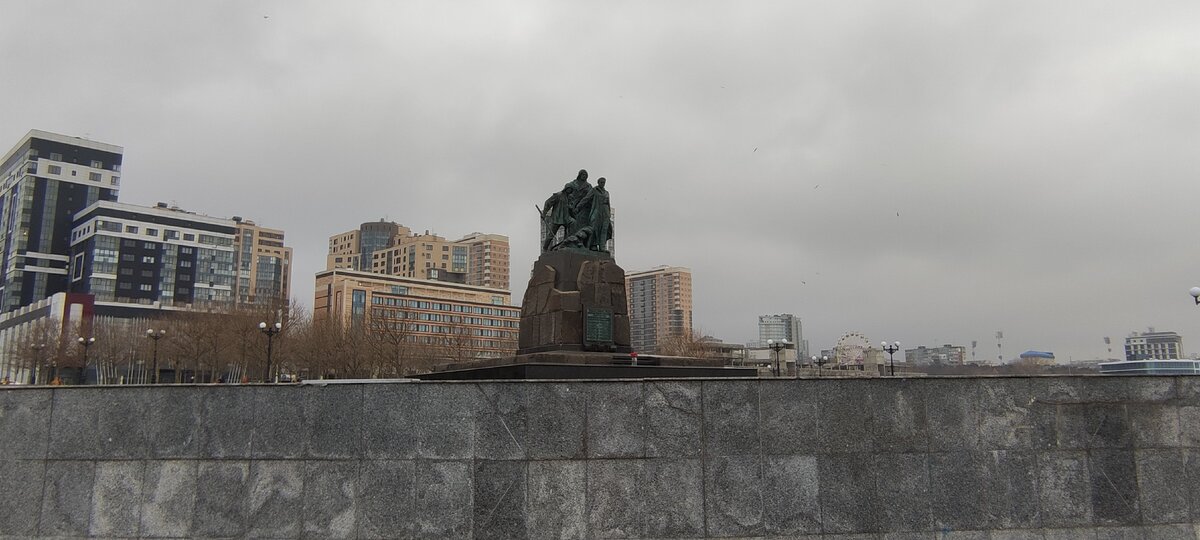Near the Senso-ji temple complex in Tokyo’s Asakusa district, there is a monument of granite stones arranged in a semicircle, in front of which there
Read MoreThere are many provocative sculptures by David Cerny in Prague (for example, Kafka’s Head, Pissing Men or Babies). It all started with the sculptural composition
Read MoreIf in Prague, on the way from the Charles Bridge to the Old Town Square, in the area of house number 6 on Karlova Street,
Read MoreIf in Prague you go down from the noisy tourist Charles Bridge to the left bank of the Vltava, then you will find yourself in
Read MoreOn June 26, 2017, in Tomilino, near Moscow, in the park of fairy tales, a monument to two dogs, the famous Belka and Strelka, was
Read MoreMemorial to the victims of the Holocaust Shoes on the Danube embankment For 14 years now, on the embankment of Budapest, right next to the
Read MoreAmong the many attractions of Miami Beach, there is a Holocaust Memorial that makes you stop and think about the value of life. This place
Read MoreMonument to the Lost Fishermen – Love Overcoming Death In Novorossiysk, on Cape Love, a monument to the dead fishermen proudly rises, the fishermen who
Read More






